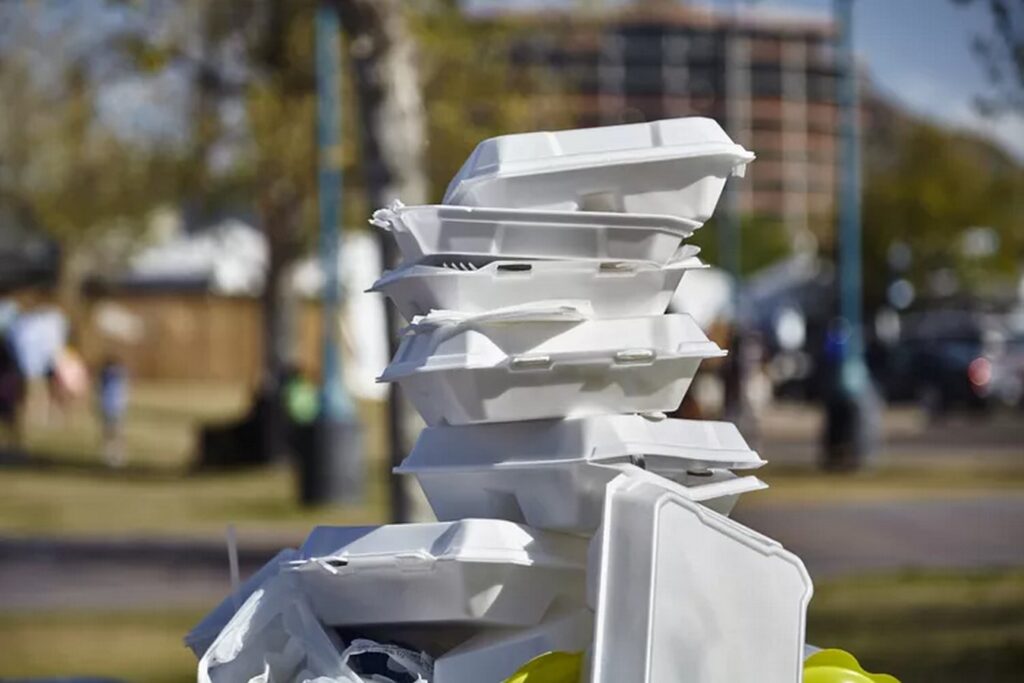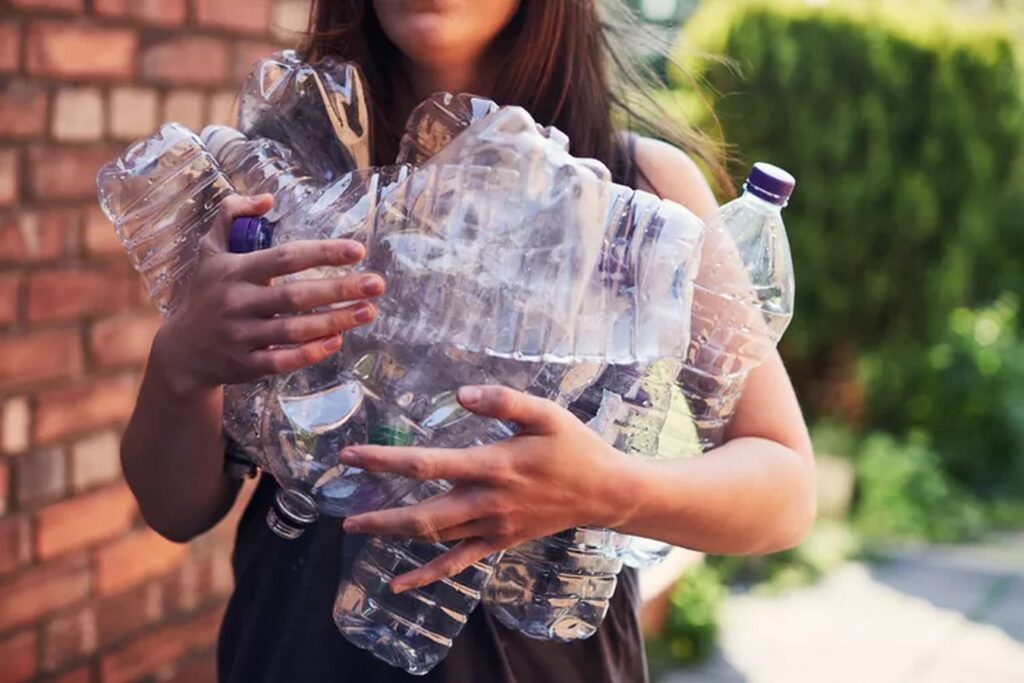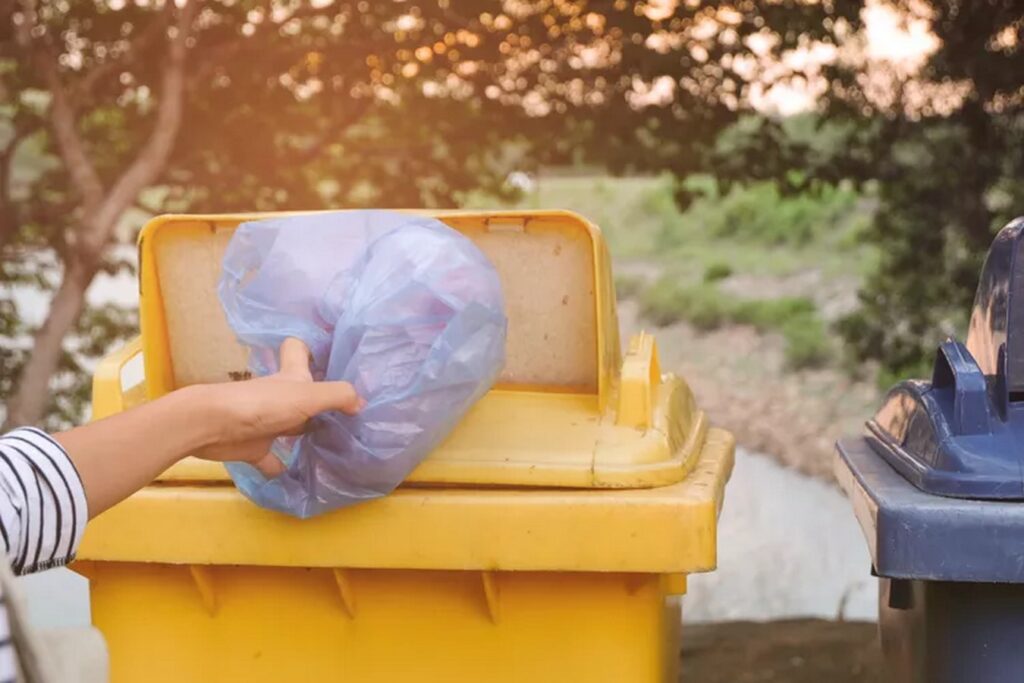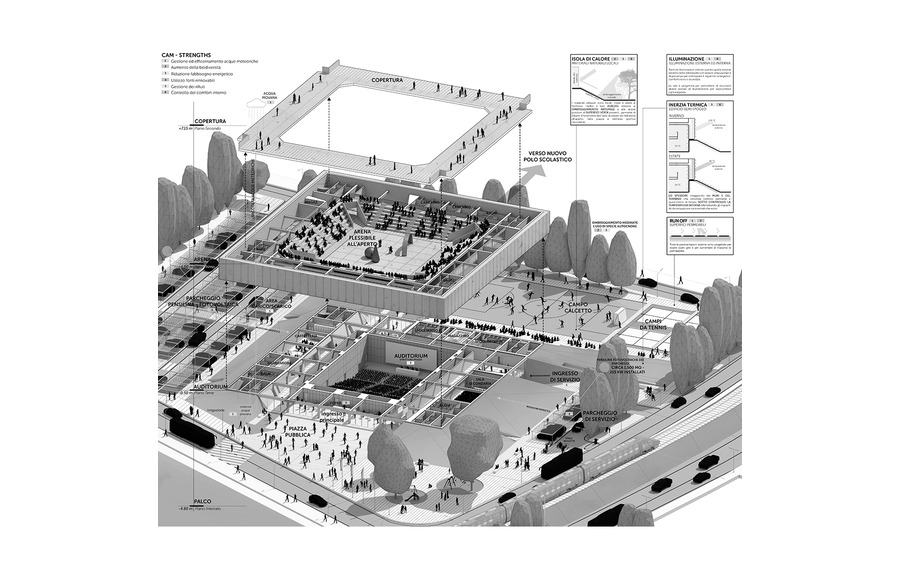Understanding Plastic Recycling: Types and Limitations

Plastic recycling is a crucial aspect of sustainable waste management, but the extent to which plastic can be recycled varies depending on its type. While some plastics can undergo multiple recycling cycles, others are limited to only one. Understanding the recyclability of different plastic types is essential for effective waste reduction strategies.

Plastic #1 PET
Polyethylene terephthalate (PET or PETE) is commonly used for drink bottles and food containers. Despite a recycling rate of only 29.1% in the U.S., PET is highly recyclable compared to other types. It can withstand the recycling process several times, depending on its postconsumer application. When PET is repurposed into non-food containers, it may endure multiple recycling rounds. However, recycling becomes more challenging when PET is converted into polyester fiber, as large-scale postconsumer textile recycling is limited.
Plastic #2 HDPE
High-density polyethylene (HDPE) is used for various products, including beverage bottles, personal hygiene items, and laundry detergent containers. With a recycling rate slightly higher than PET (29.3% versus 29.1%), HDPE is widely accepted by curbside recycling programs. It can be recycled into items like pens, plastic lumber, plumbing pipes, and toys. While some experiments suggest that HDPE can be recycled up to 10 times under controlled conditions, mainstream recycling systems may have different outcomes.

Plastic #3 PVC
Polyvinyl chloride (PVC) is less commonly recycled due to its complex composition and additives. While sophisticated processes can separate compounds for reuse in items like pipes and fencing, the challenges of this process limit PVC’s recyclability.
Plastic #4 LDPE
Low-density polyethylene (LDPE) is often single-use and not commonly accepted by curbside recycling services. It can typically be recycled only once due to quality degradation, resulting in items like carpet treatment and trash can liners.
Plastic #5 PP
Polypropylene (PP) is found in prescription bottles, deodorant containers, and bottle caps. Despite its potential for four recycling cycles, only about 1% of PP is recycled. While not widely accepted by curbside services, some companies offer mail-in recycling programs for #5 plastics.

Plastic #6 PS
Polystyrene (PS), including Styrofoam, is challenging to recycle due to its formation from a liquid hydrocarbon. Expanded polystyrene (EPS) is recyclable but not widely accepted by curbside services.
Plastic #7 Other
Resin code #7 encompasses miscellaneous plastics like polycarbonate (PC) and polylactide (PLA). While certain types, like PC, can be recycled, others, like PLA, cannot. PLA is compostable in some facilities, offering an alternative disposal method.
Understanding the limitations and recyclability of different plastic types is crucial for implementing effective recycling programs and reducing environmental impact.















